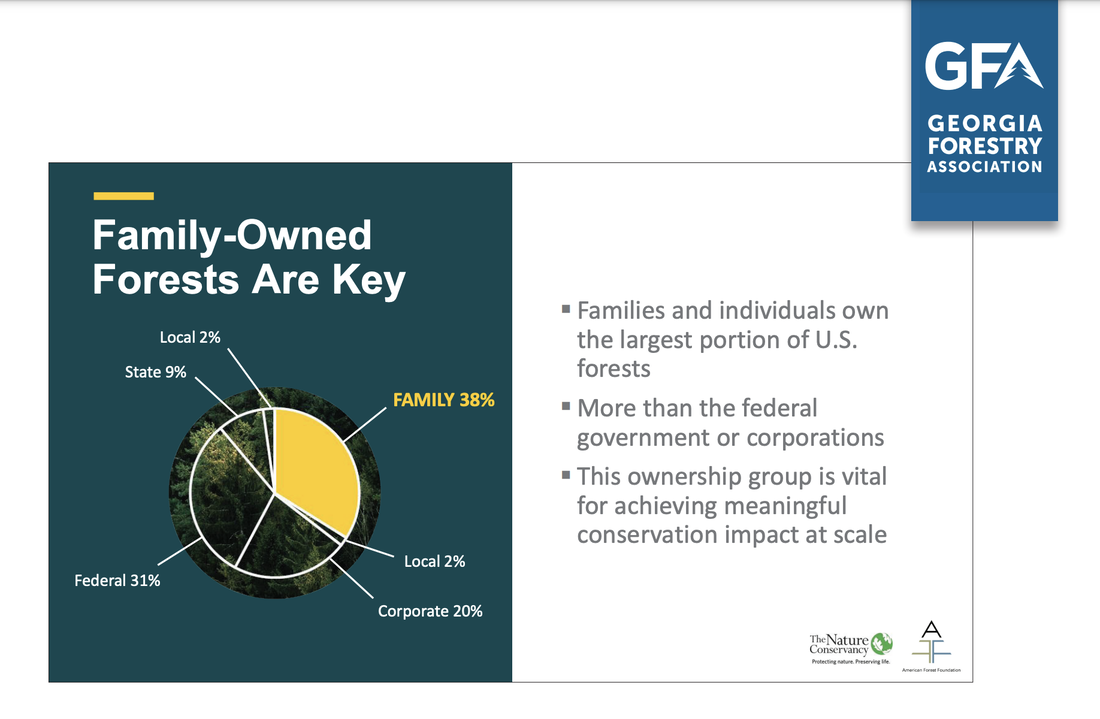Working for Family Landowners
Experts Give Advice on How to Get the Best Return from Your Land
Spring 2022

|
Georgia Forestry Magazine is published by HL Strategy, an integrated marketing and communications firm focused on our nation's biggest challenges and opportunities. Learn more at hlstrategy.com
|
